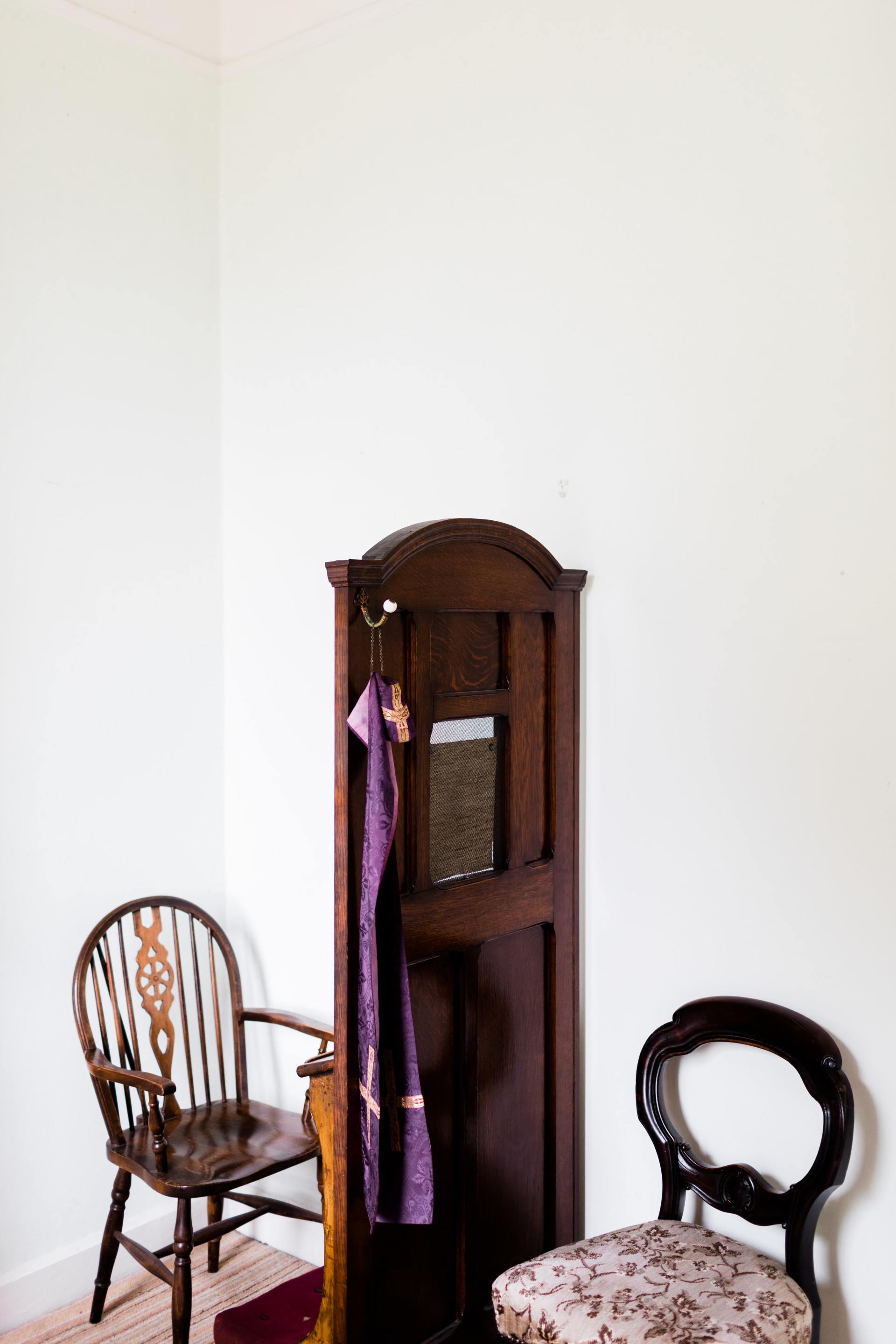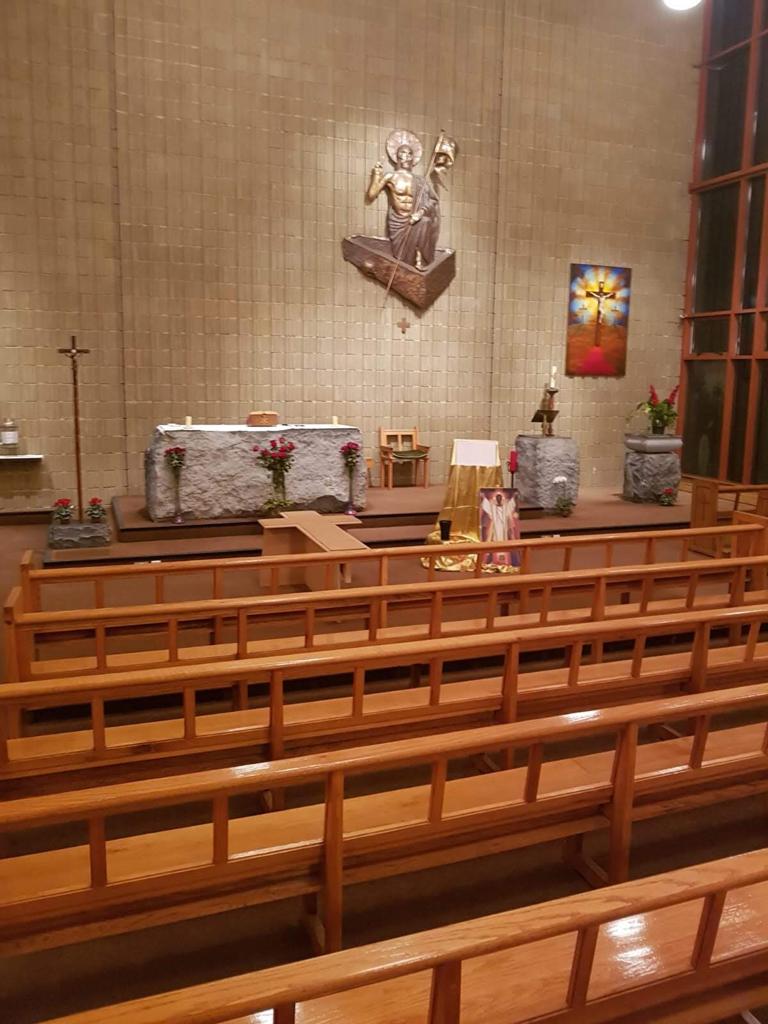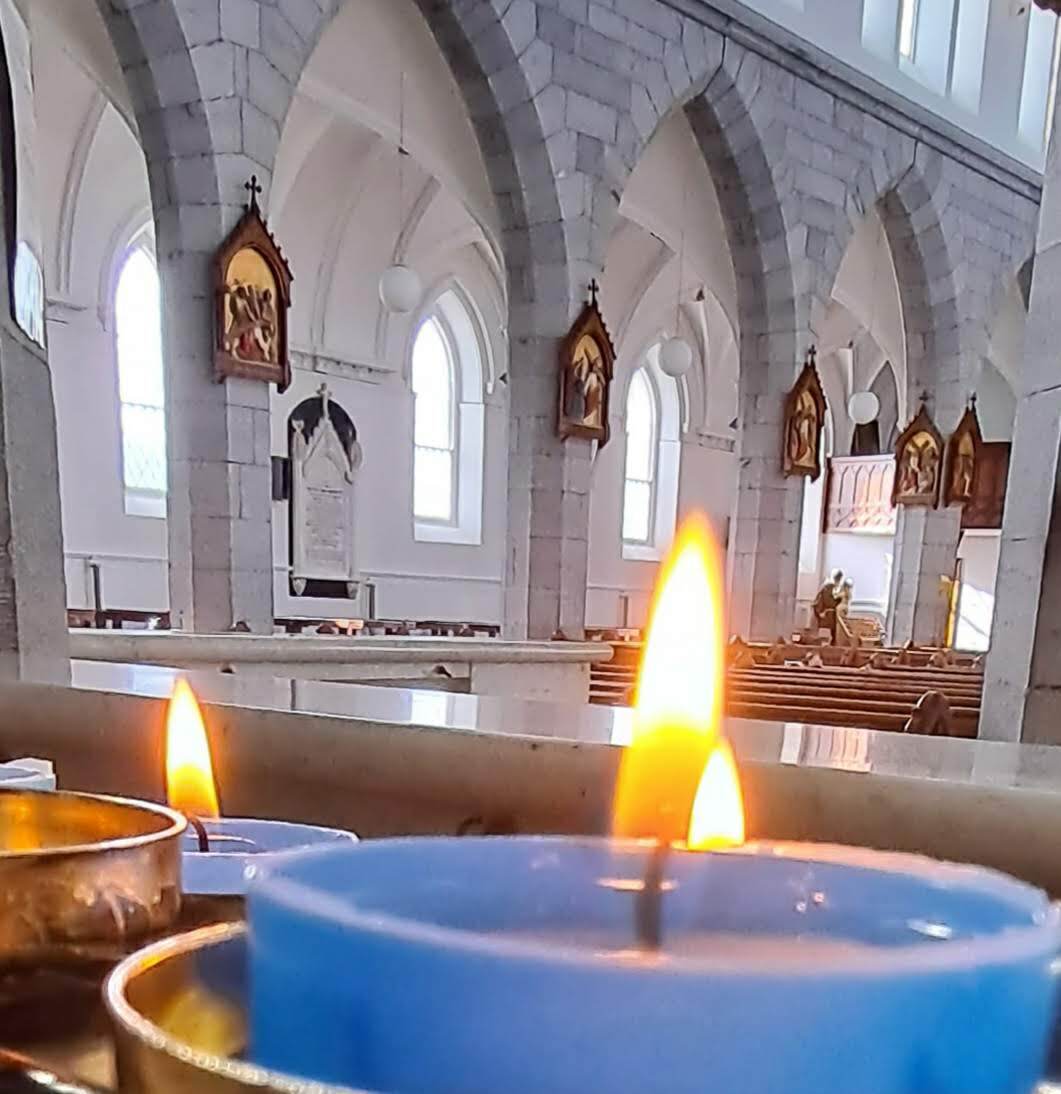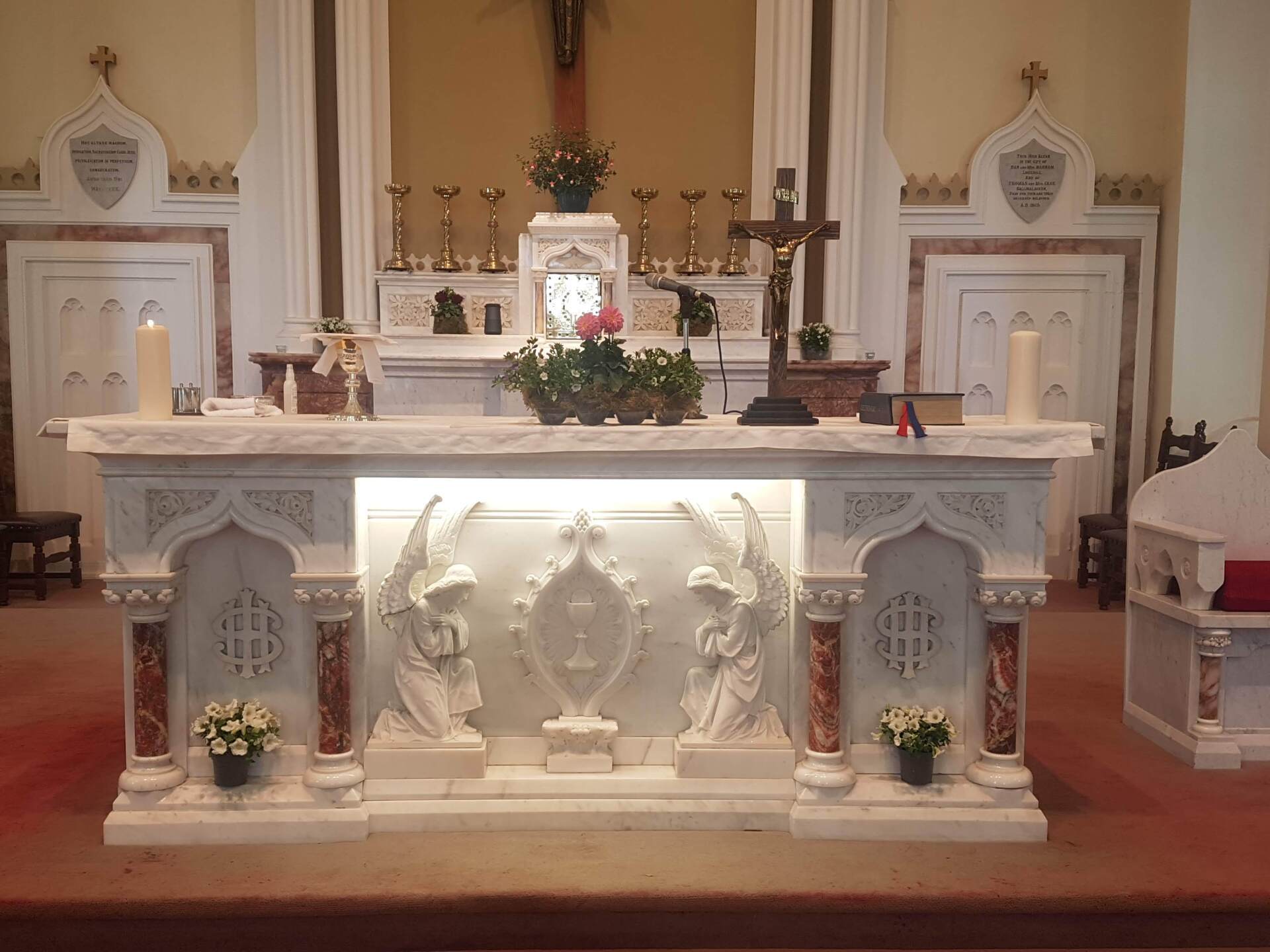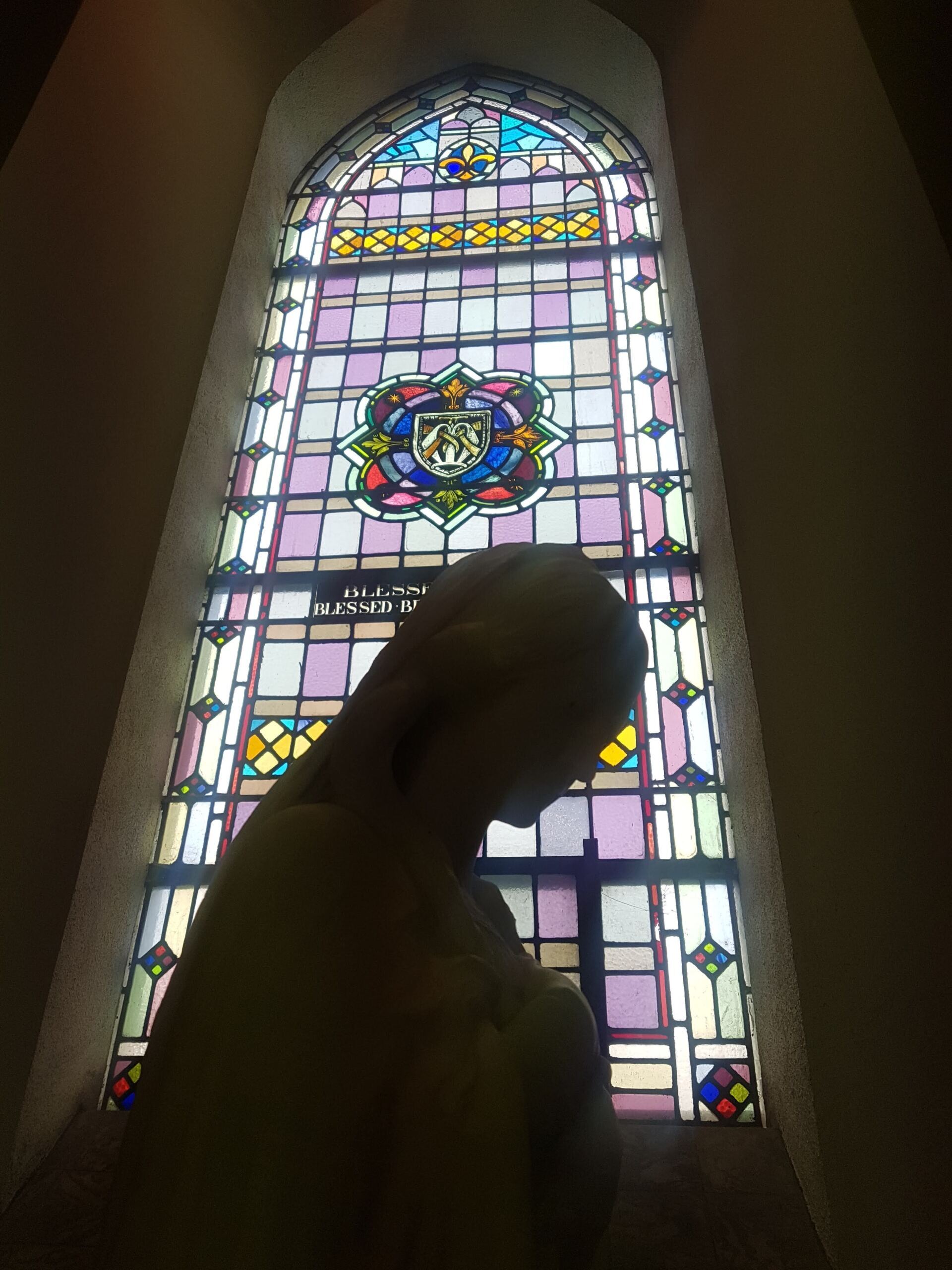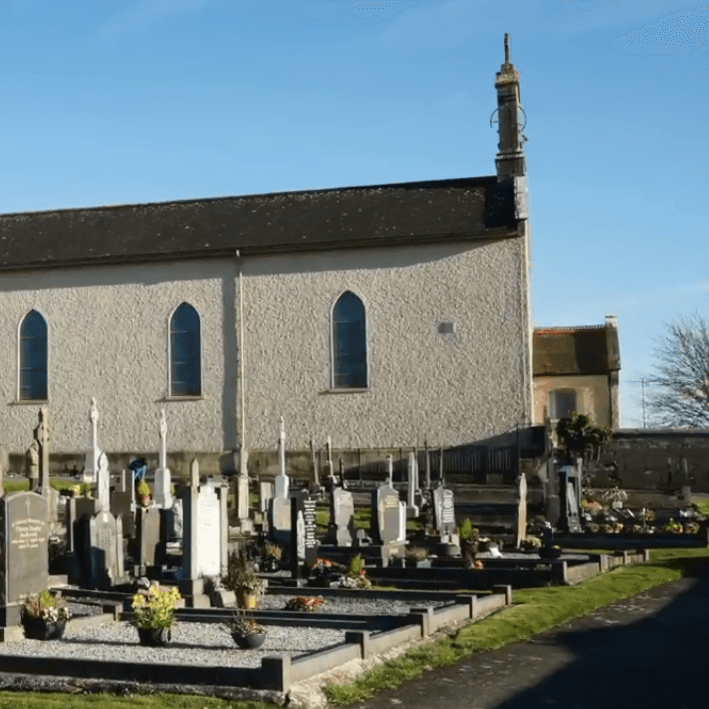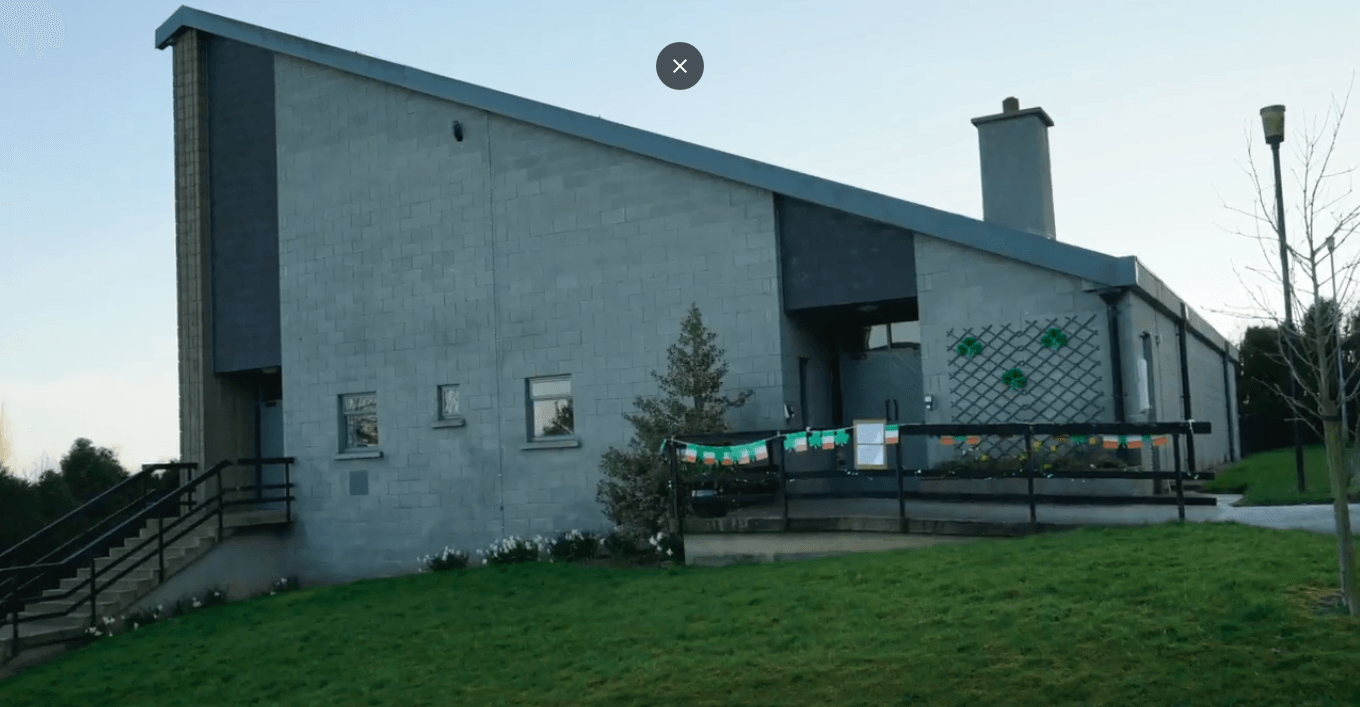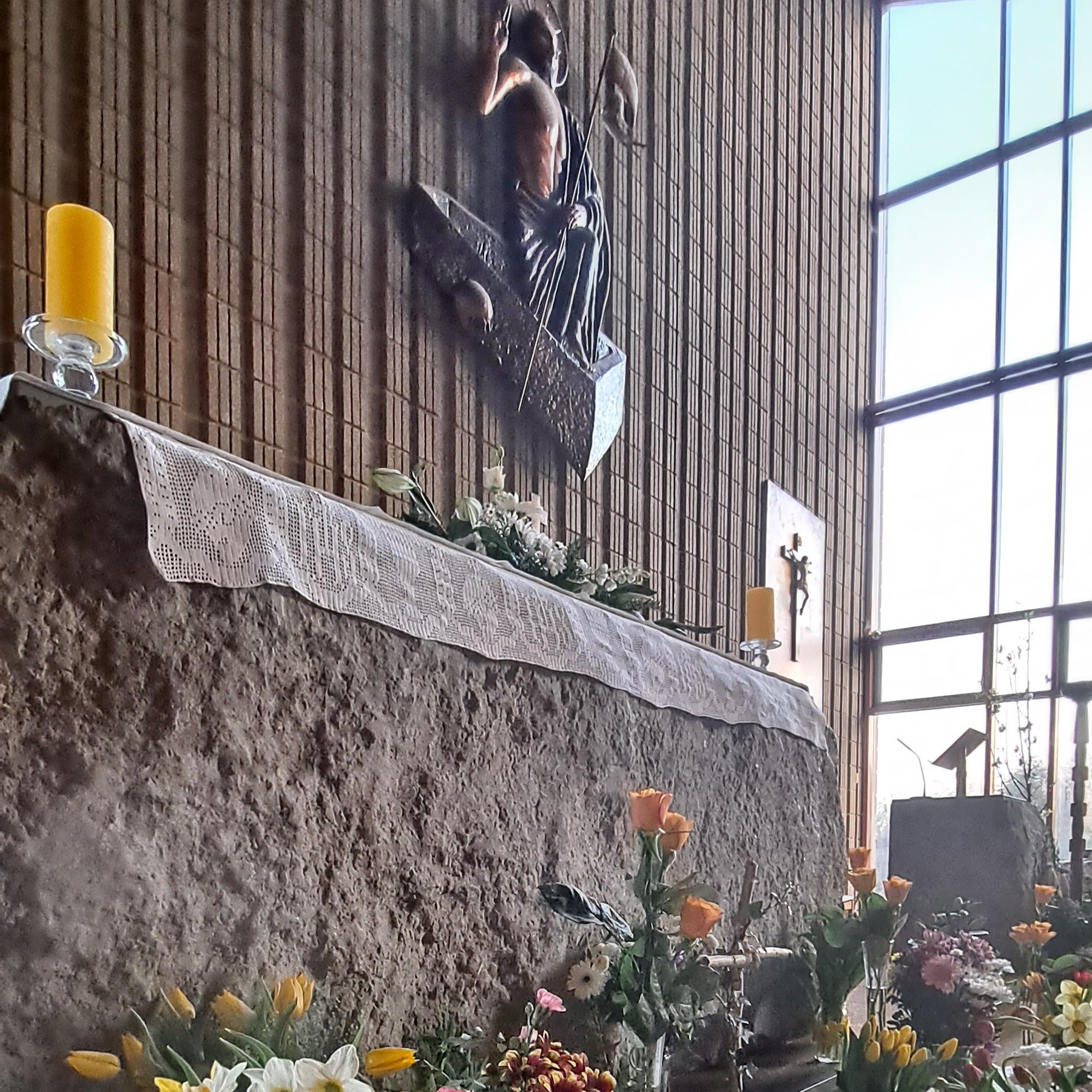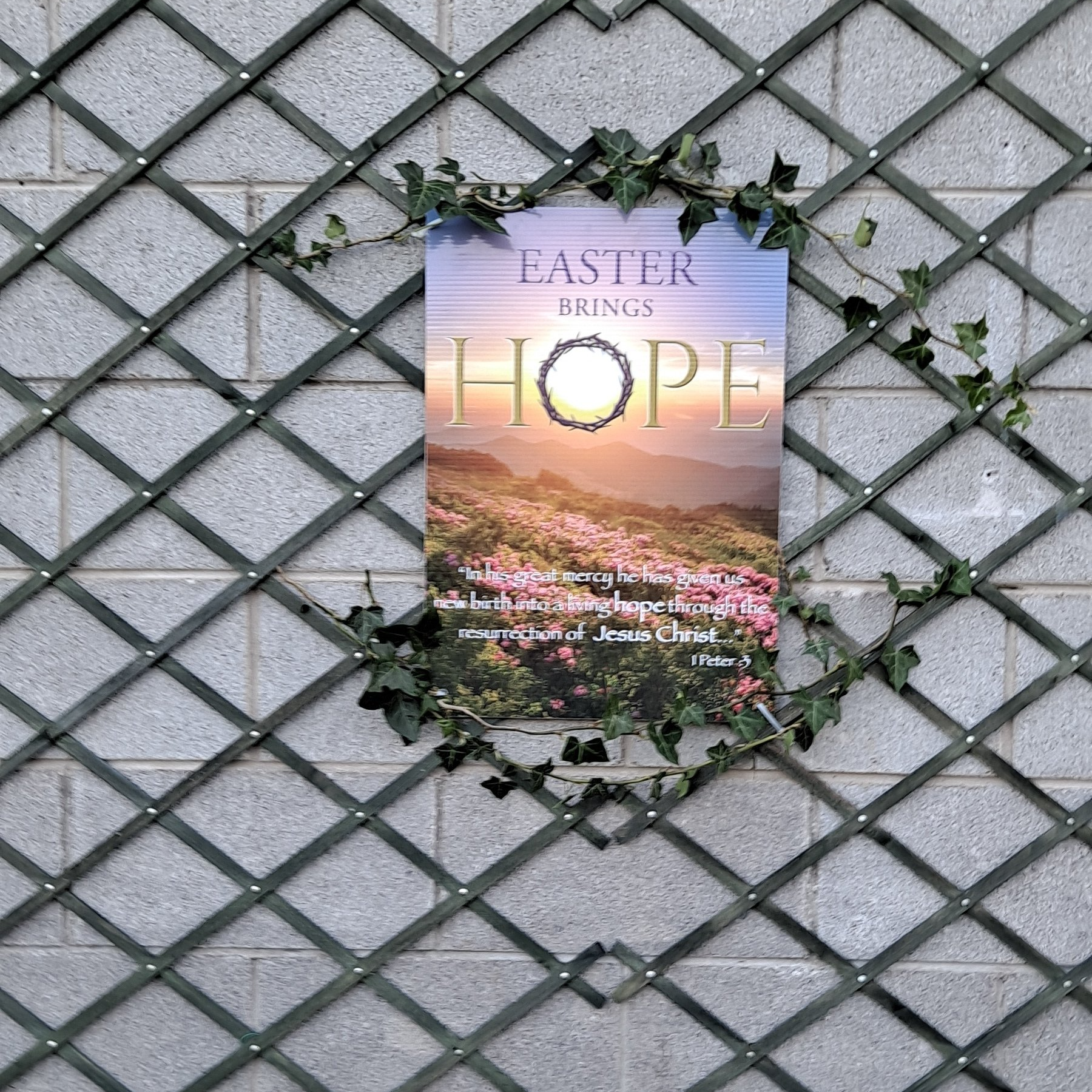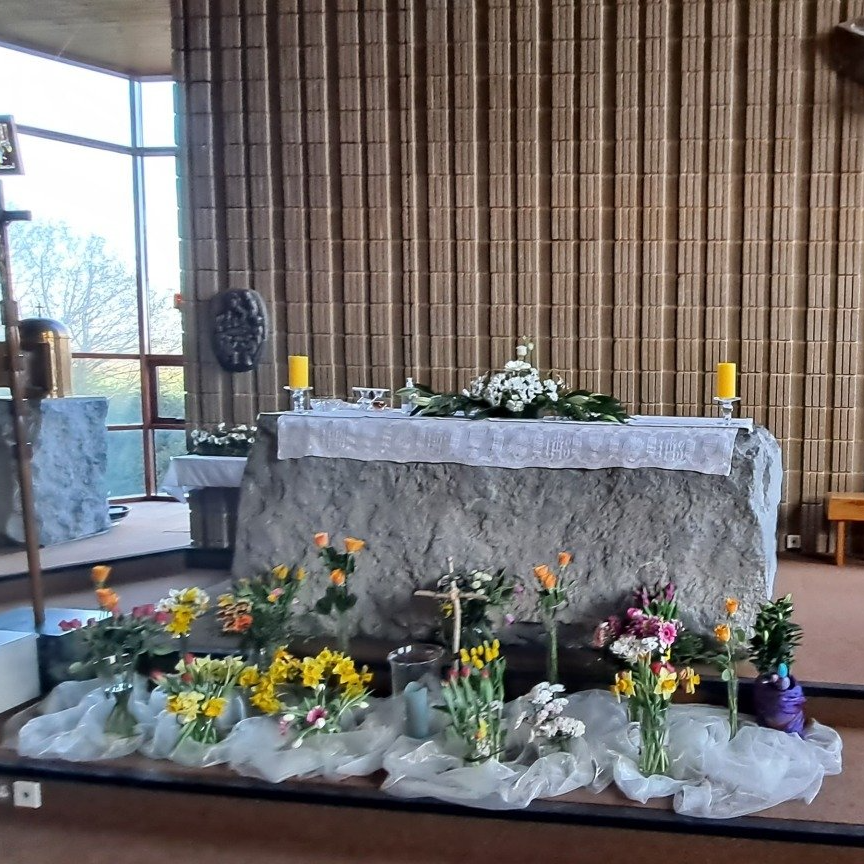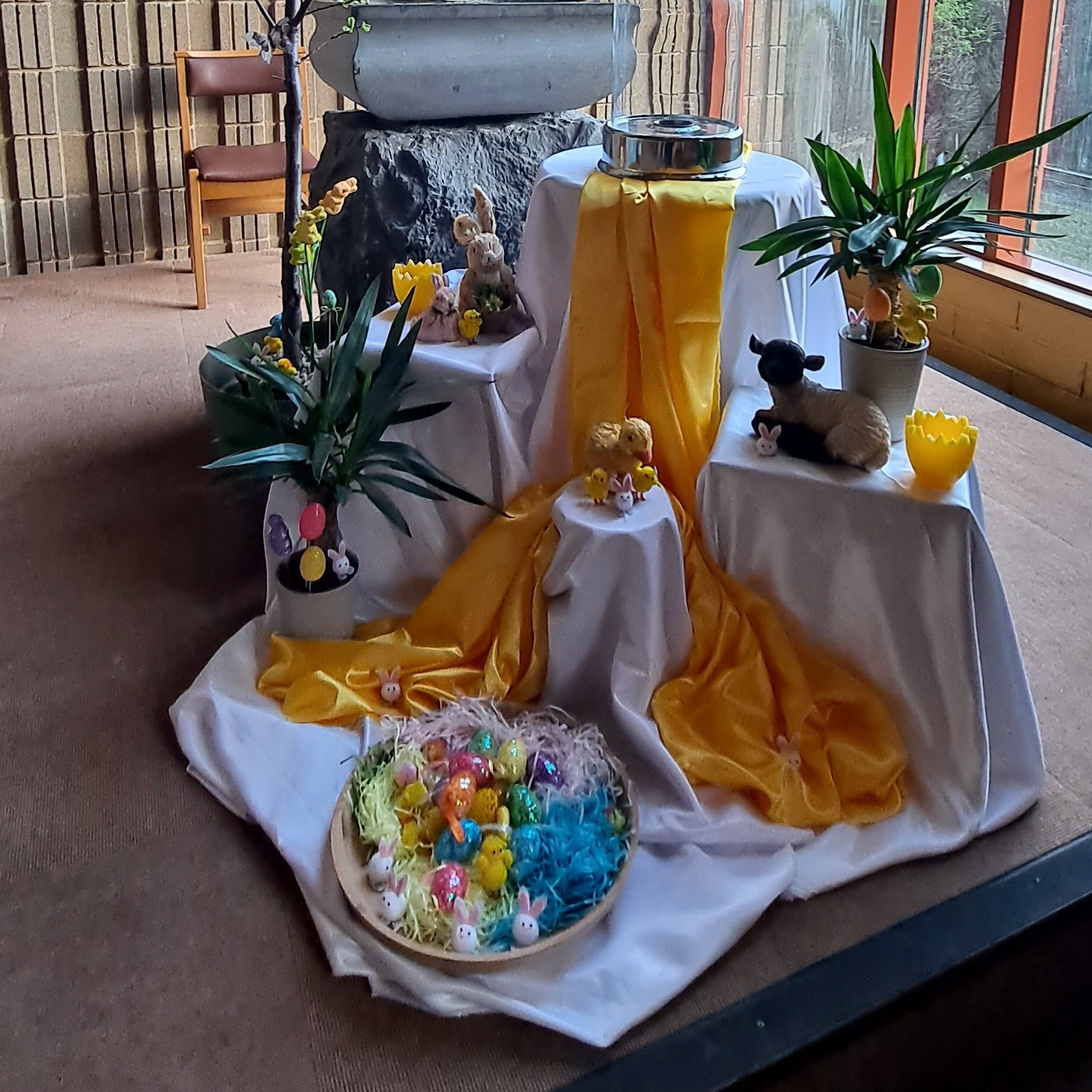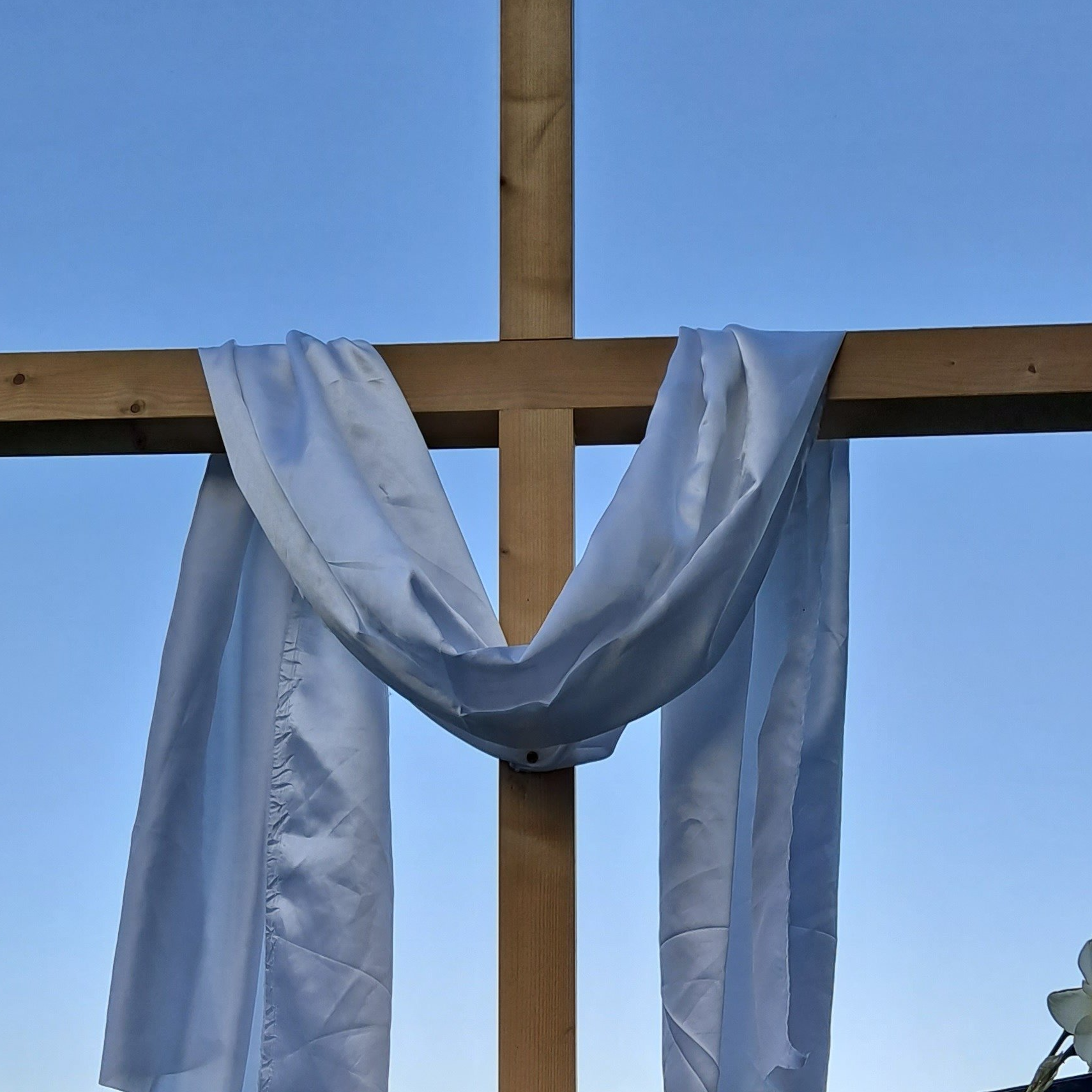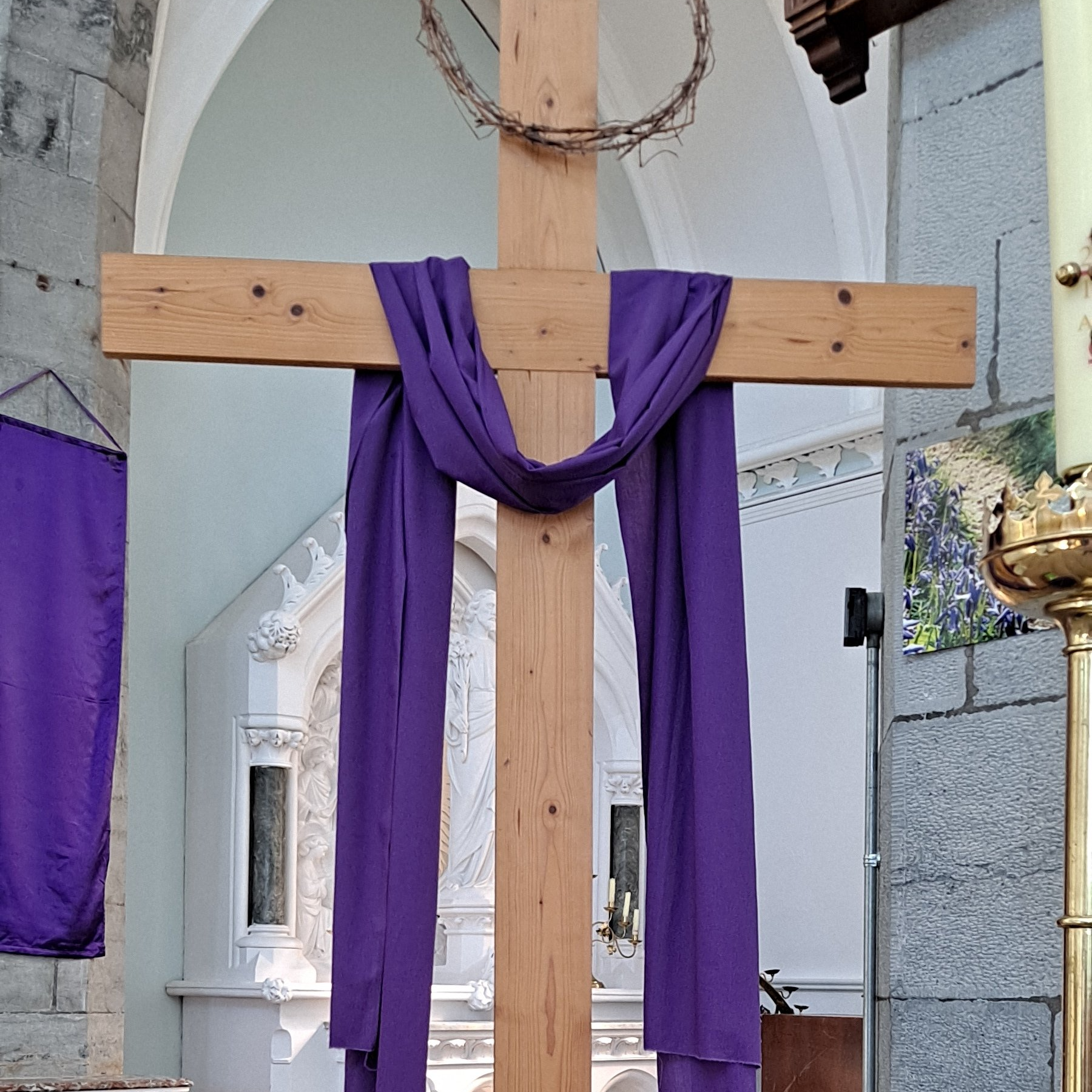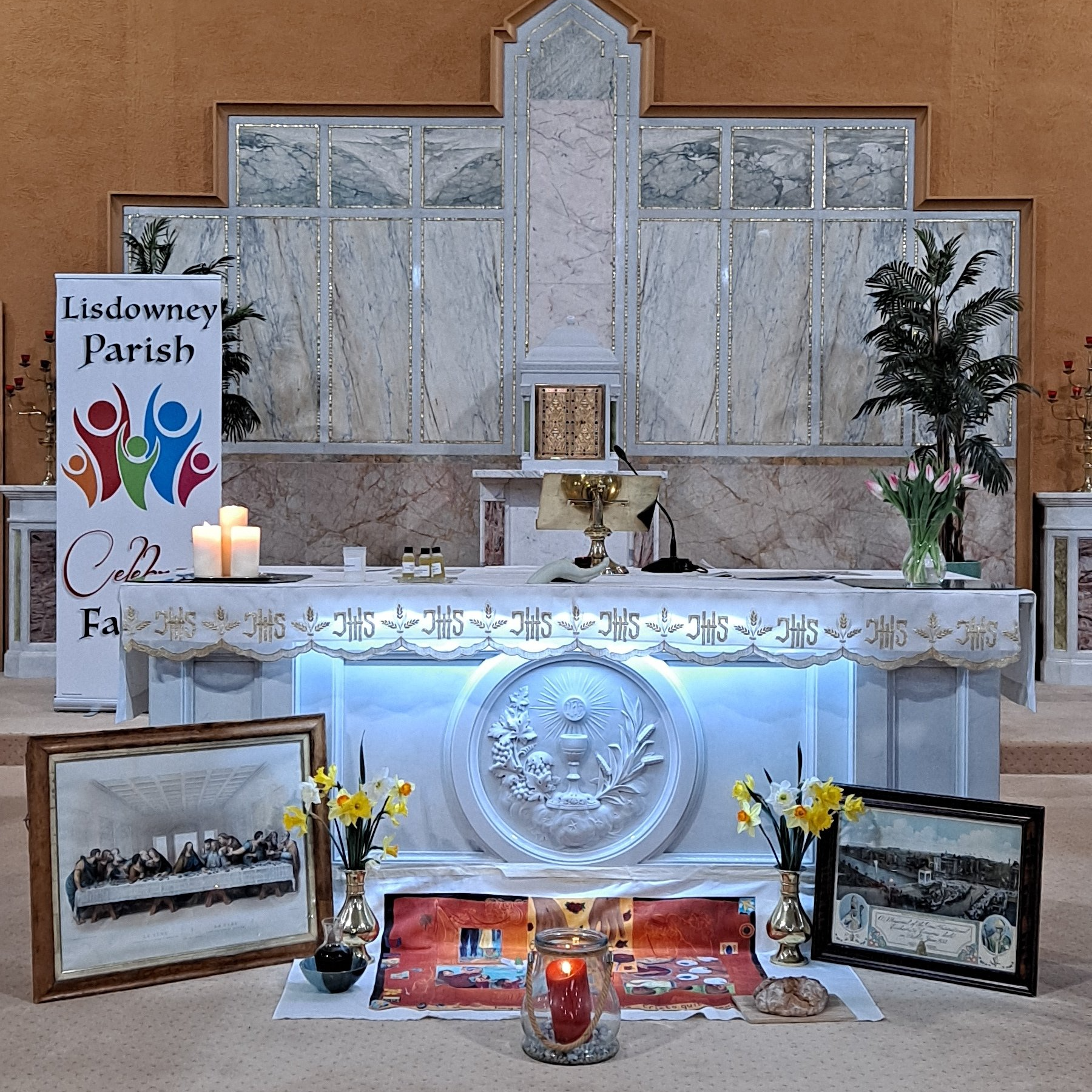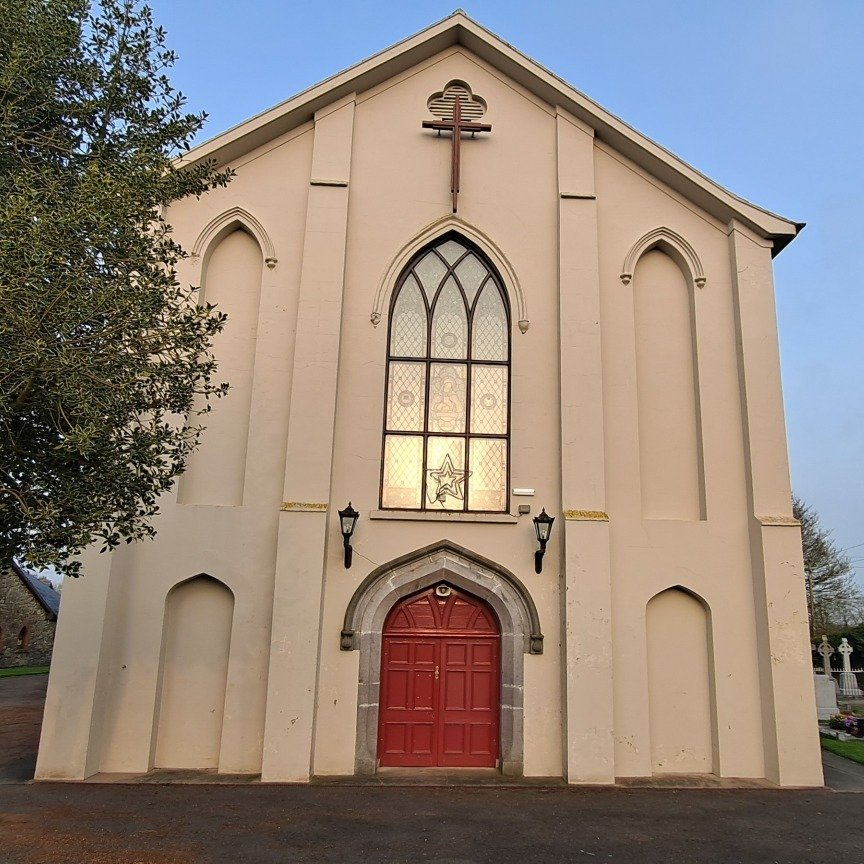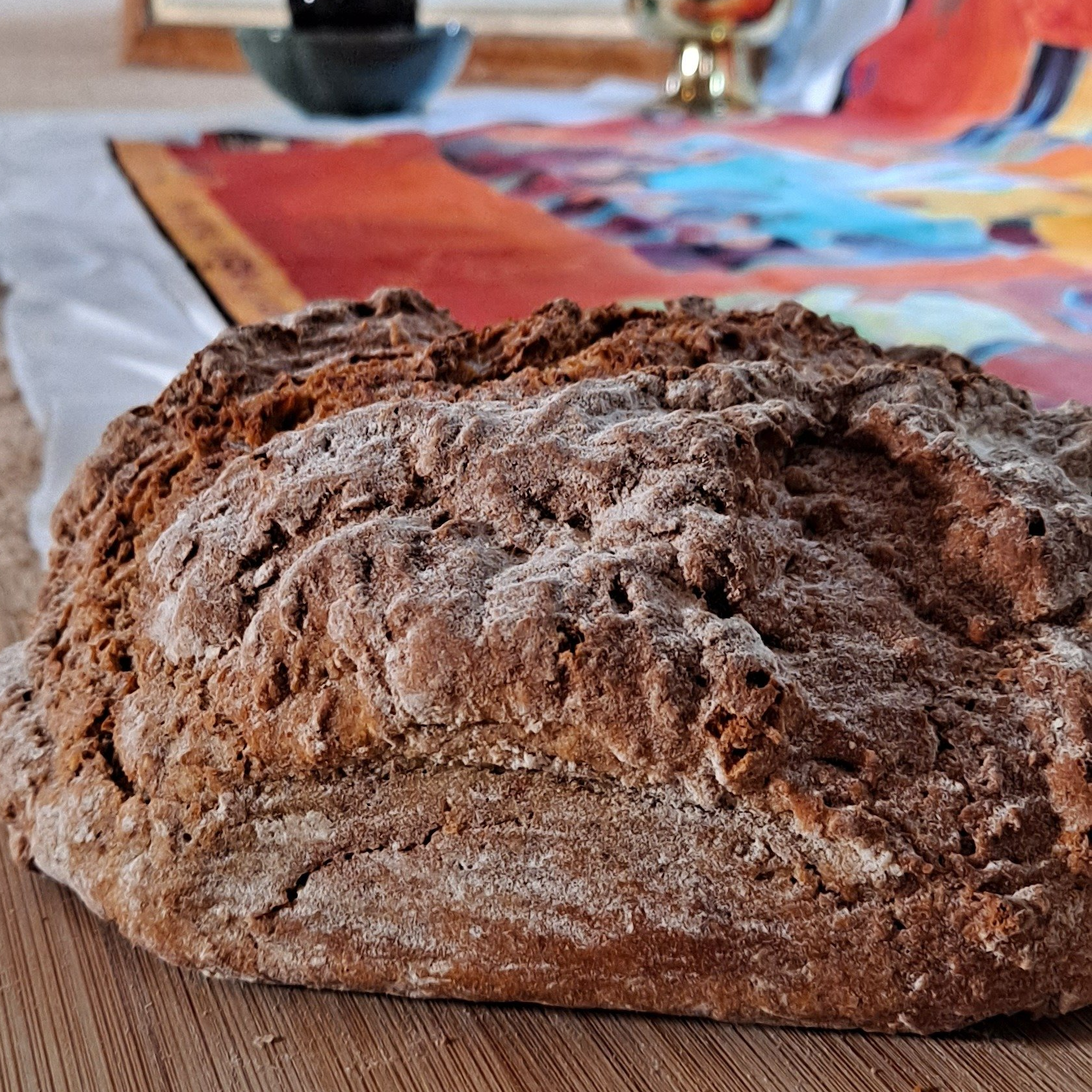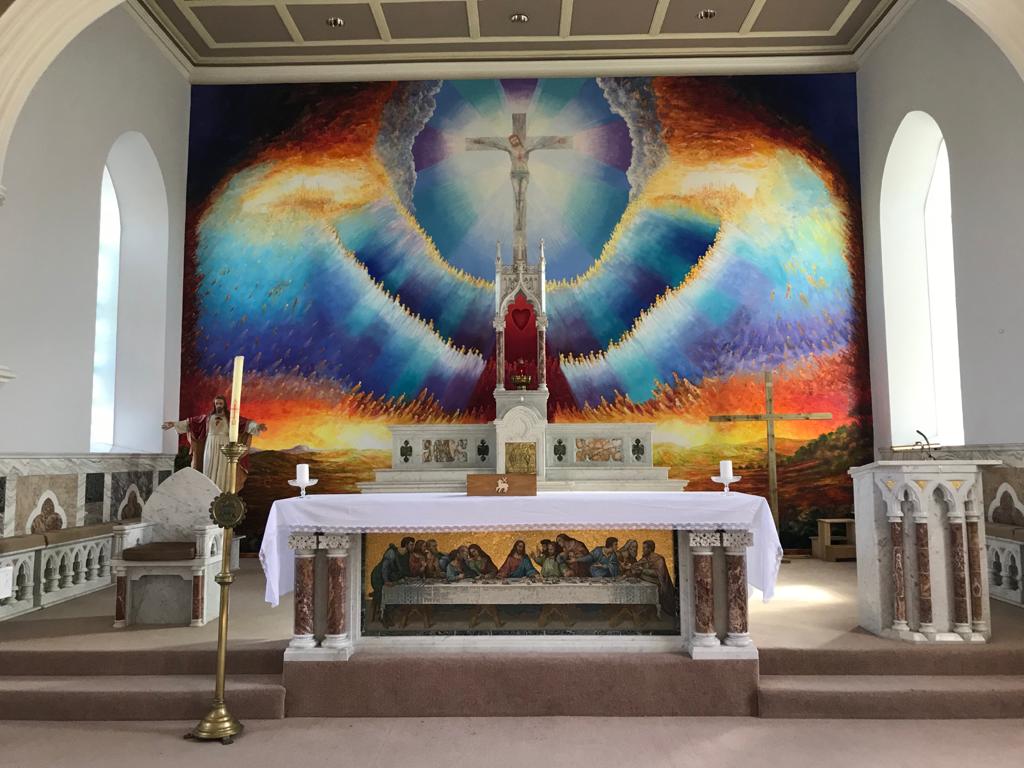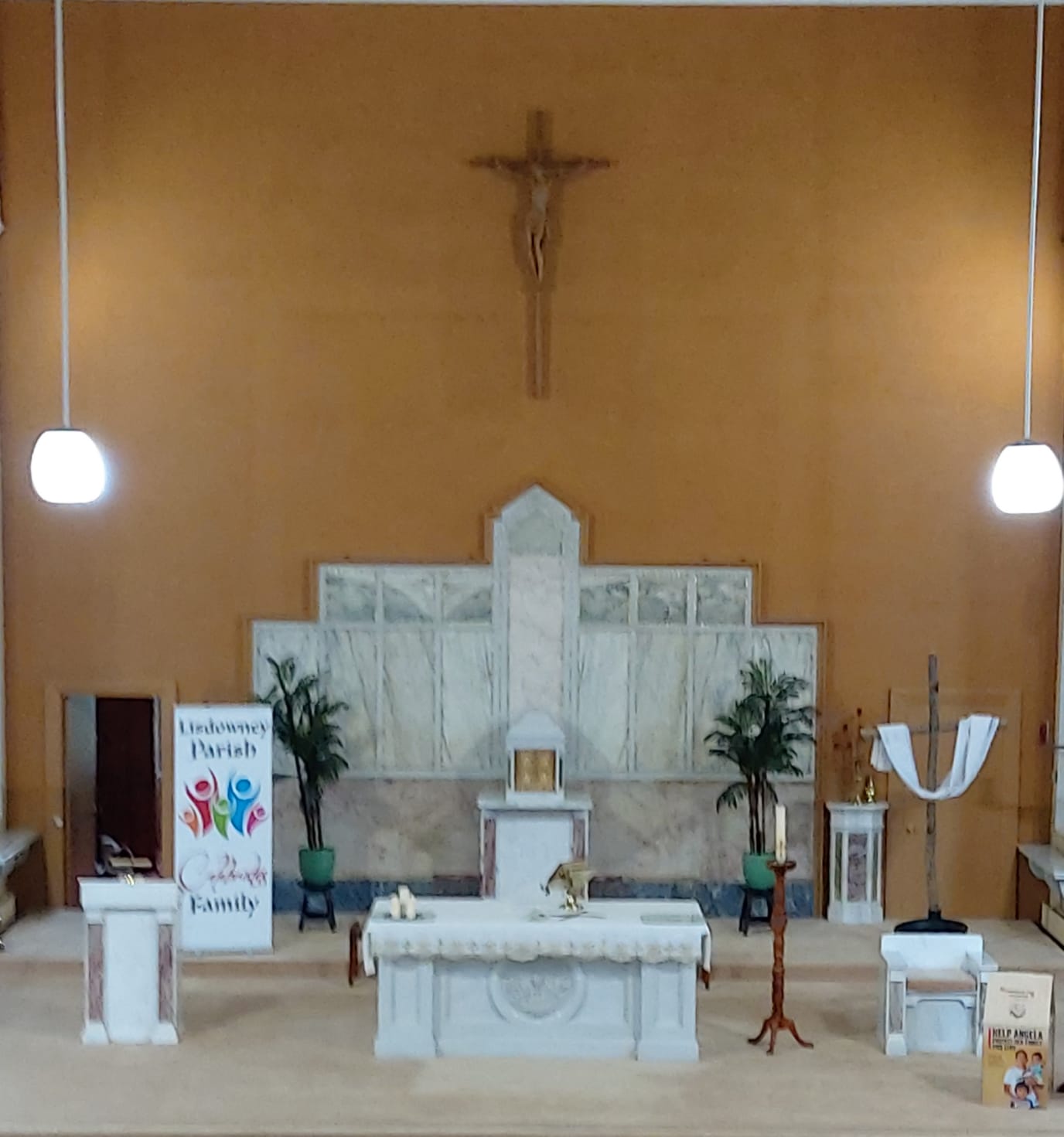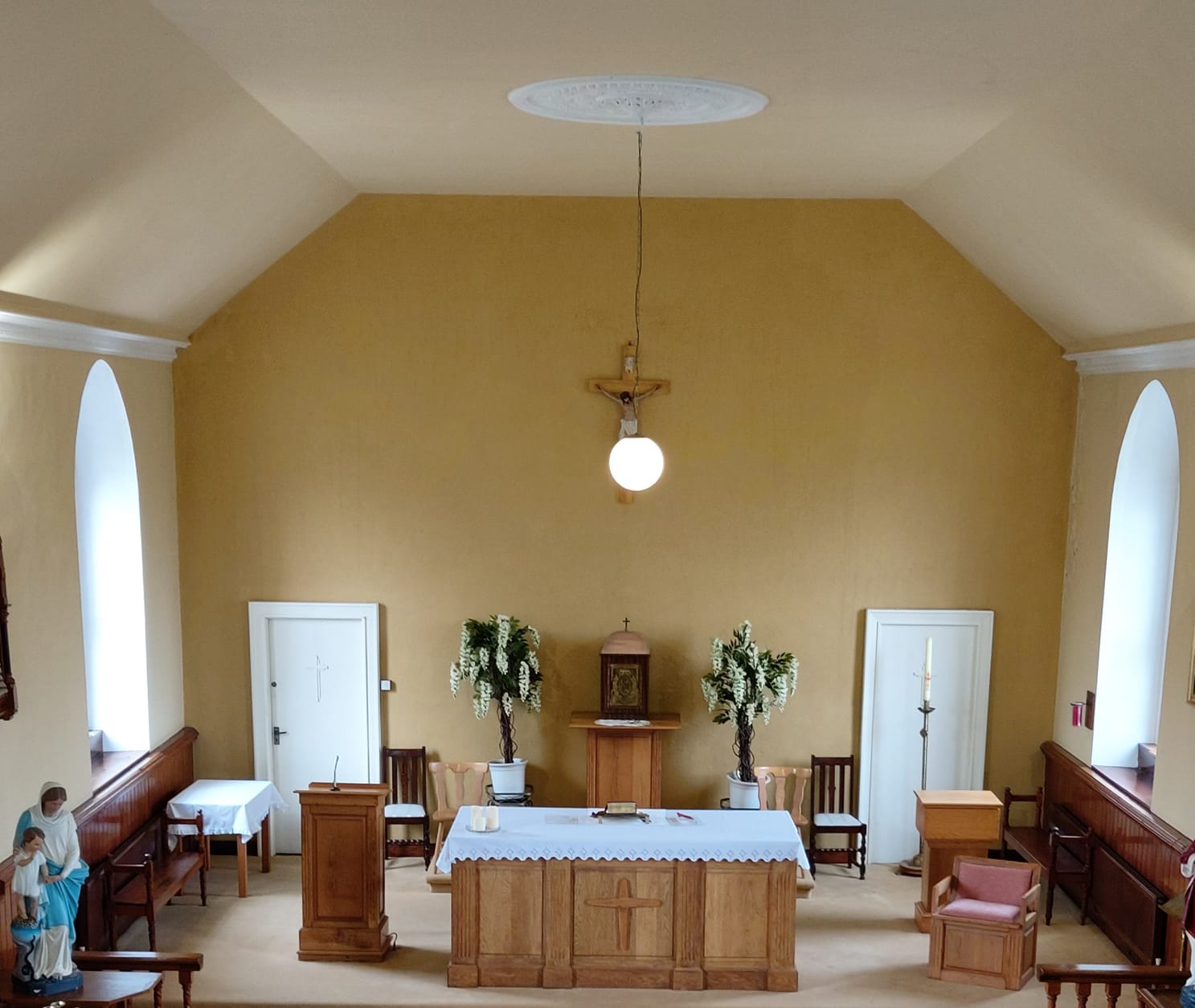"Be kind and compassionate to one another"
The Sacrament of First Penance
What Is ‘The Sacrament of Reconciliation’?
The Sacrament of Penance is also known as the ‘Sacrament of Reconciliation’ or traditionally called ‘Confession’. It is the rite by which sins are confessed and forgiven. Sin is failure to recognise and love God in the way we think or act. Sin is also not just a failure to love God directly but also a failure to love one another. This is referred to as “the community sense of sin”.
Absolution
In this sacrament people are forgiven their sins by the words and actions of the priest. We call this ‘Absolution’. The priest represents God and the community who is affected by sin and the priest minister’s forgiveness on behalf of God and the community.
Forms of Celebration
The sacrament can be celebrated in a one-to-one encounter with a priest: this is known as ‘individual confession’. Many parishes also organise ‘Penitential Services’ at special times; e.g. Advent, Lent and Parish Missions. In this form of celebration, which is communal, people prepare as a community and many priests hear the confessions individually and people receive absolution individually.
Penance
Penance is a sign of sorrow and a commitment to try to make amends. It is also a sign of our sincerity to change our lives. This is what is meant by conversion. When the Sacrament is a communal celebration, the penance is said as a community, once all have had the opportunity to confess. When celebrated in the traditional one-to-one form, a penance is given, and the person takes on that penance privately.
Reflection on the Sacrament of God’s Unconditional Love
The Parable of the Prodigal Son is a great preparation for reconciliation it gives us a wonderful insight to, the Father.
The parable begins with a young man, the younger of two sons, who asks his father to give him his share of the estate. The implication is the son could not wait for his father's death for his inheritance, he wanted it immediately. The father agrees and divides his estate between both sons.
Upon receiving his portion of the inheritance, the younger son travels to a distant country and wastes all his money in extravagant living. Immediately thereafter, a famine strikes the land; he becomes desperately poor and is forced to take work as a swineherd. (This, too, would have been abhorrent to Jesus' Jewish audience, who considered swine unclean animals.) When he reaches the point of envying the food of the pigs he is watching, he finally comes to his senses:
But when he came to himself, he said, "How many hired servants of my fathers have bread enough to spare, and I'm dying with hunger! I will get up and go to my father, and will tell him, 'Father, I have sinned against heaven, and in your sight. I am no more worthy to be called your son. Make me as one of your hired servants.'" He arose and came to his father. But while he was still far off, his father saw him, and was moved with compassion, and ran towards him, and fell on his neck, and kissed him. (Luke 15:17–20)
This implies the father was hopefully watching for the son's return.
The son does not even have time to finish his rehearsed speech, since the father calls for his servants to dress him in a fine robe, a ring, and sandals, and slaughter the "fattened calf" for a celebratory meal.
The older son, who was at work in the fields, hears the sound of celebration, and is told about the return of his younger brother. He is not impressed and becomes angry. He also has a speech for his father:
But he answered his father, "Behold, these many years I have served you, and I never disobeyed a commandment of yours, but you never gave me a goat, that I might celebrate with my friends. But when this, your son, came, who has devoured your living with prostitutes, you killed the fattened calf for him." Luke 15:29–30, World English Bible
The parable concludes with the father explaining that because the younger son had returned, in a sense, from the dead, celebration was necessary:
"But it was appropriate to celebrate and be glad, for this, your brother, was dead, and is alive again. He was lost and is found." — Luke 15:32
Daniel O’Leary in his book ‘An Astonishing Secret’, quotes Richard Rohr, Richard ‘Insists, ‘that God never changes his mind about us. He is simply always in love with us. What God does, again and again, is to change our mind about him. We are not forgiven because we confess our sins; we confess our sins because we are already forgiven.
Rohr does not take sin lightly; but for him God’s love is always at the heart of our weakness, our powerlessness, our constant vulnerability. And the Sacrament of Reconciliation enables us to forever remember that the irresistible divine love that transforms our hearts must always lead to our generous forgiveness of everyone in our own lives.


